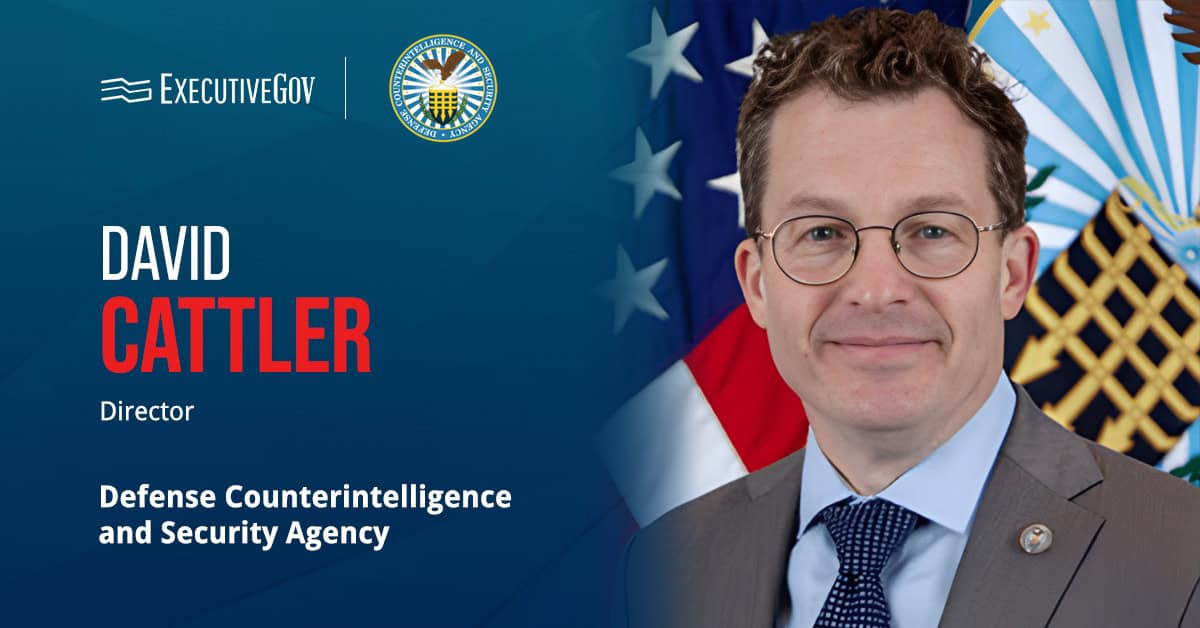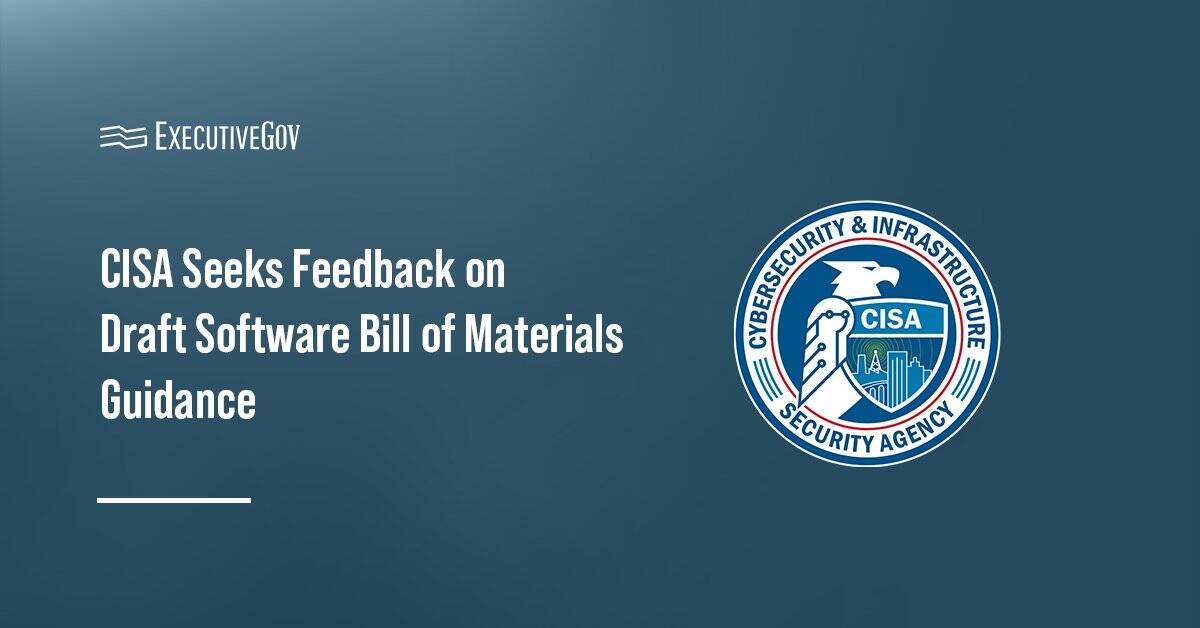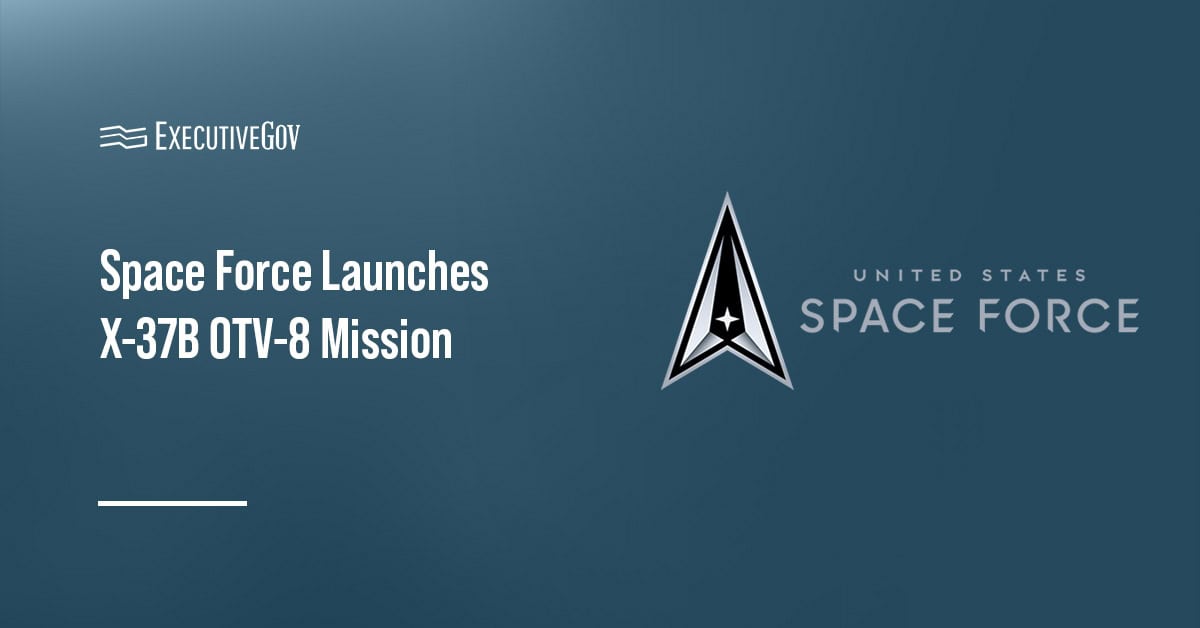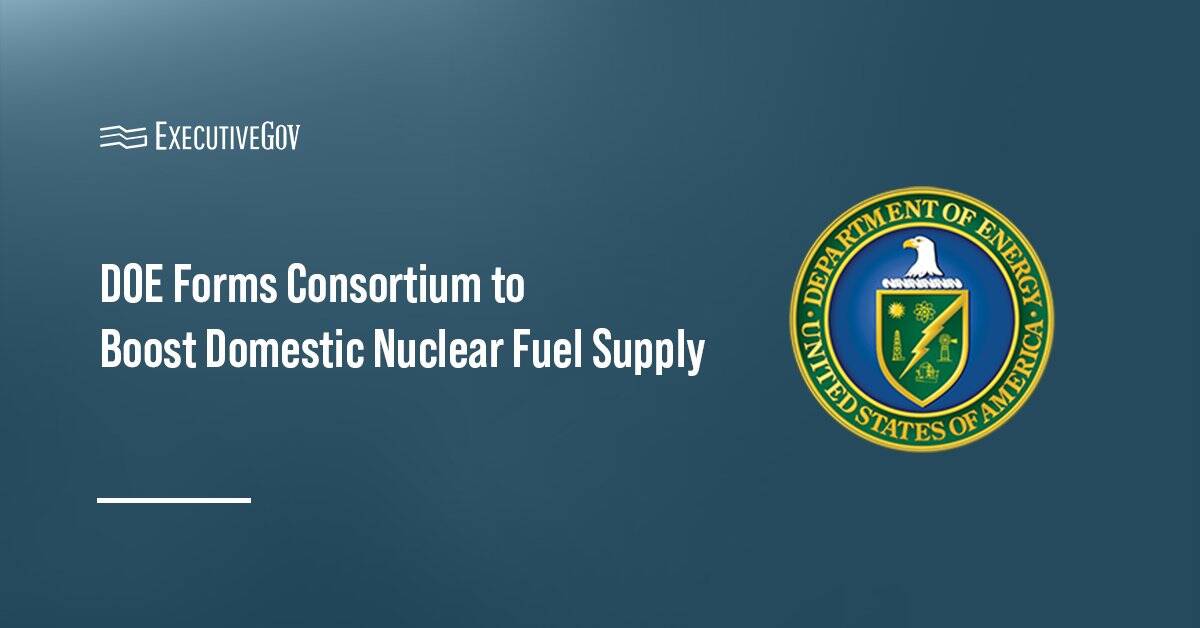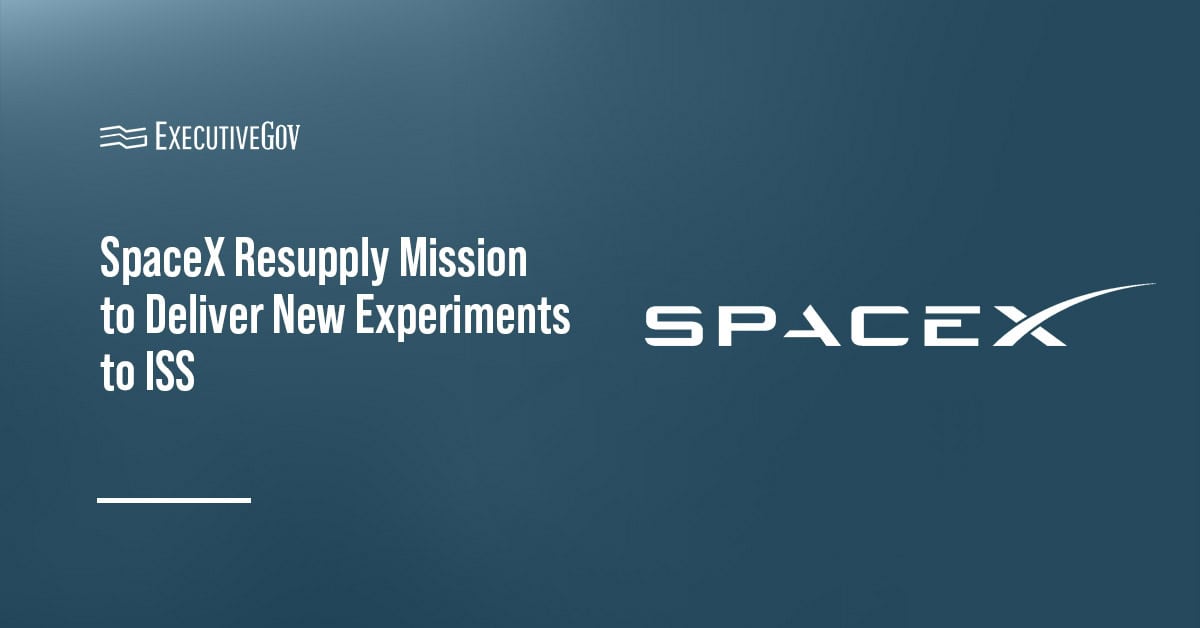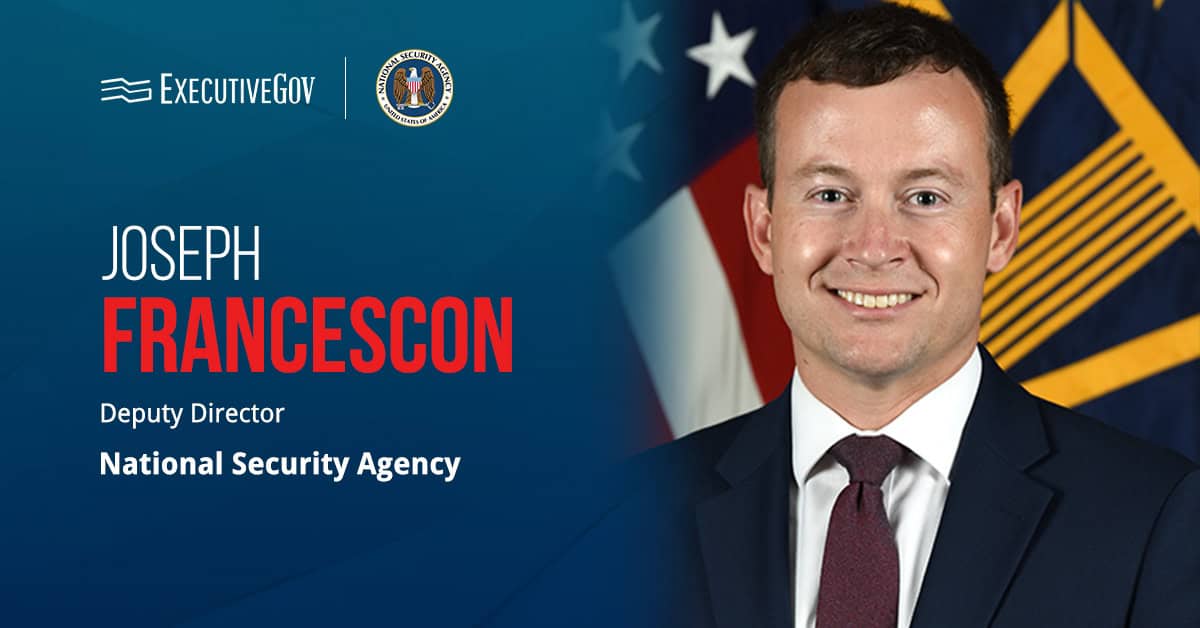David Cattler, director of the Defense Counterintelligence and Security Agency, said DCSA’s partnership with the Department of Defense, industry and academia helps ensure a trusted federal and industrial workforce and protect the country’s trusted workspaces.
“We are the gatekeepers, working with you and industry to ensure classified information and technology remains safe from unauthorized foreign access,” Cattler said of DCSA during his keynote address at a conference held Oct. 18.

Hear U.S. military leaders and industry experts as they discuss international partnerships, coalition warfare, technological advances and more at the Potomac Officers Club’s GovCon International Summit. Save your spot now for this Oct. 16 event!
Table of Contents
DCSA’s Capabilities, Mission as Integrated Security Services Provider
During the event, Cattler outlined DCSA’s mission, vision and capabilities as the U.S. government’s provider of integrated security services.
In terms of personnel security, he said the agency conducts 2.7 million background investigations a year. To ensure industrial security, DCSA oversees more than 10,000 cleared companies, 13,000 facilities and 5,500 classified IT systems.
According to the DCSA director, the agency will expand its foreign ownership, control or influence mission to evaluate all DOD contracts worth more than $5 million per award.
DCSA’s Action to Strengthen Insider Threat Vigilance
DCSA started deploying insider threat representatives directly into the defense enterpise, commands and installations across the U.S. to strengthen its vigilance against insider threats.
“These aren’t just liaisons. They are strategic force multipliers that forge unbreakable partnerships between DCSA and component programs,” said Cattler. “They strengthen the partnerships between DITMAC and component insider threat programs, providing a critical link to insider threat resources, information and capabilities.”


